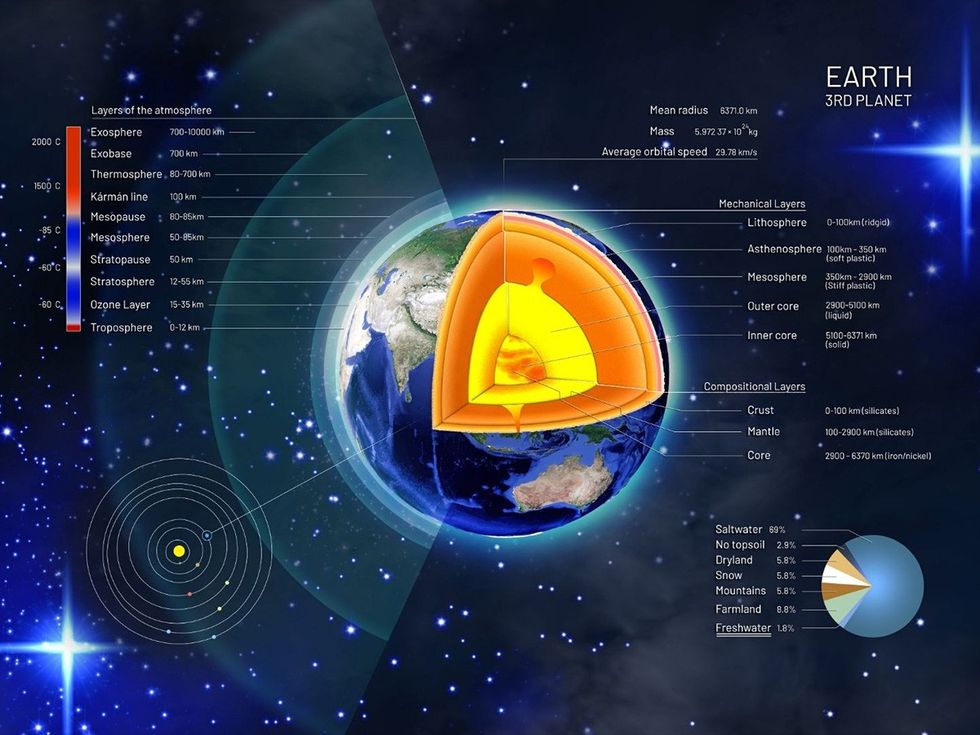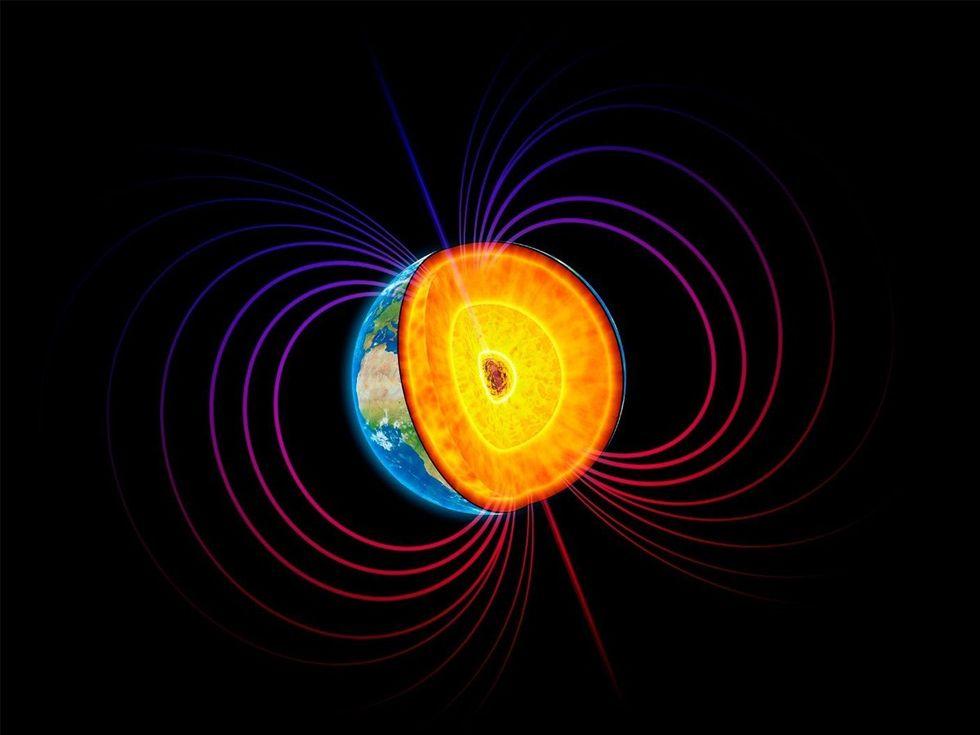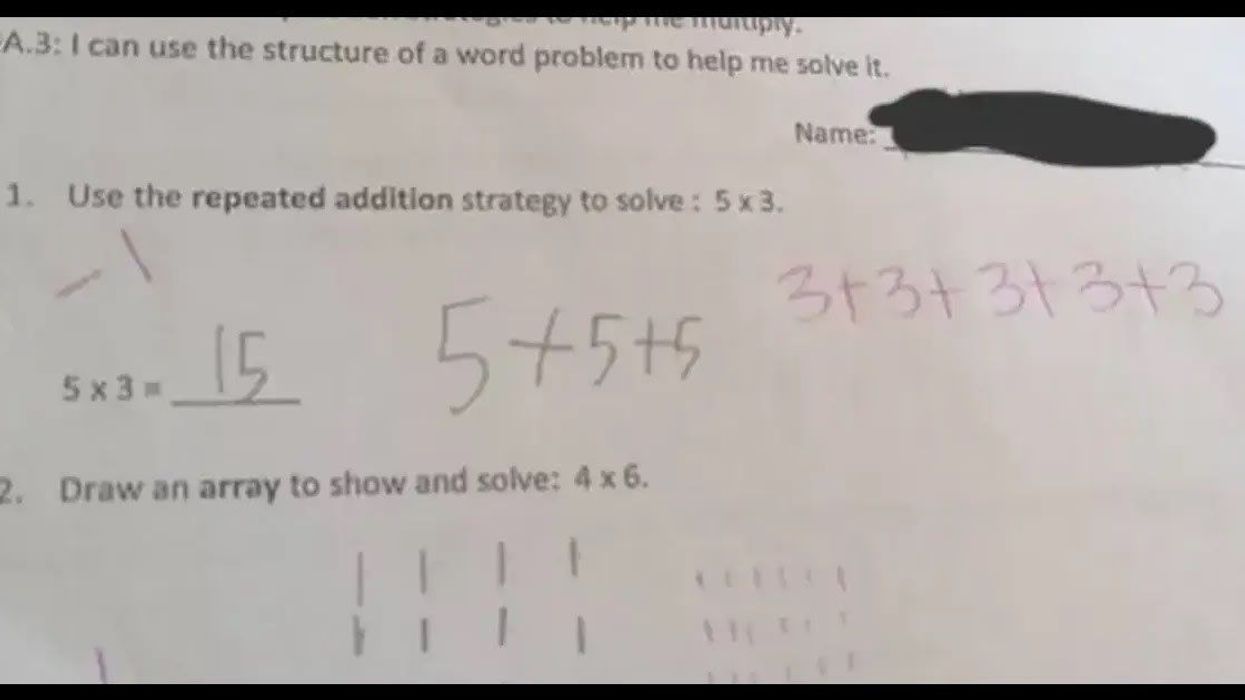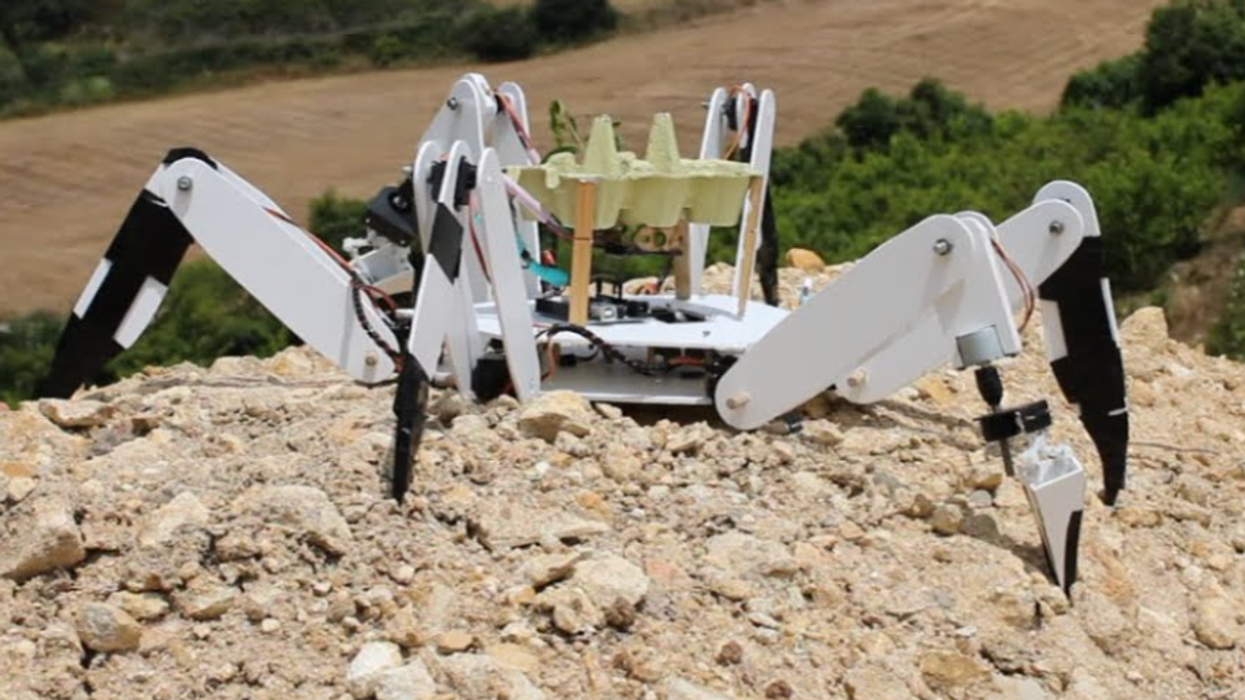There's still so much more for us to learn about this little blue planet. We already know the Earth has a core, but did you know that core has its own rotation? Much debated but mostly agreed, the core's rotation is slightly different than how the rest of the planet is rotating. Scientists at USC discovered not only is this inner core rotation slowing down, but it's also backtracking.
A 2024 study conducted at USC and published in nature used data from seismic activity to determine the changes within the core's rotation. The research found the inner core is slowing down for the first time in approximately 40 years.

The core of the Earth has its own rotation
Rotating at the center of the Earth under the most severe conditions is an iron-nickel alloy that constitutes 15% of the Earth's volume. Its size can be compared to roughly that of the moon, and it rests more than 3,000 miles below our feet. Divided into two layers—the predominantly solid inner core encased by the mostly liquid outer core—our understanding is derived primarily from seismic observations and computational modeling. According to the United States Geological Survey, the core was first discovered as recently as 1906 by British geologist R.D.Oldham and is composed "principally of iron, with about 10 percent alloy of oxygen or sulfur or nickel, or perhaps some combination of these three elements."
The movement of this inner core has been debated by scientists for over two decades. Because we can't actually get there, research has to be conducted from what data can be extracted from seismograms of repeating earthquakes, explosions, and volcanic eruptions. The USC scientists were able to study the seismic waves passing through the core, which allowed them to determine its progression and precise regression of rotation. Analyzing 121 repeating earthquakes from 1991 to 2023 around the South Sandwich Islands, and data from Soviet nuclear tests between 1971 and 1974, they were able to conclude this slowing process.
What does this slowing and reversing inner core mean for us on the surface?

The first thing to understand is that this directional change happens around every 70 years. Secondly, the backtracking of the inner core yields fractional differences for our experience on the surface. The change and direction of speed might cause the outer rotation to slow by a thousandth of a second. John Vidale, Dean's Professor of Earth Sciences at the USC Dornsife College of Letters, Arts and Sciences, and co-author of the study, said, "It’s very hard to notice, on the order of a thousandth of a second, almost lost in the noise of the churning oceans and atmosphere.”
What's also important to note is the effect rotation has on the electric currents of the planet. The inner movement of the Earth generates a magnetic field through a process called geodynamo. A 2025 study reported in Live Science found that the field can push oxygen levels into the surface crust, thereby affecting the habitability of the planet. Not only does this field protect us from the solar flares and winds from the sun, but it is also responsible for protecting our atmosphere and very lives.

Technology, although amazingly advanced and evolving, has limited ability to measure and study what's happening inside our planet. This complicated collection of rotational data spanned over three decades and has seemingly produced a rather limited theory. In fact, the greatest revelation might be the proof that, as Vidale said, "The dance of the inner core might be even more lively than we know so far."






















 A soldier relaxes on his bedCanva
A soldier relaxes on his bedCanva Gif of a child breathing deeply via
Gif of a child breathing deeply via 
 Take a moment to forget the world outside the headphones and just relax.
Take a moment to forget the world outside the headphones and just relax.  Lean back and unwind to the right music.
Lean back and unwind to the right music. 
